© 2024 ENECA
Comparative Analysis of precast and cast-in-place reinforced concrete building frame.
ENECA specialists have conducted a comparative analysis of a precast and cast-in-place reinforced concrete building frames.
As a comparison, we have chosen one of the sections of a multi-storey multi-sectional reinforced concrete building.
Both variants have the same cast-in-place foundation, while the frame of the building above the ground floor is designed in two versions: precast and cast-in-place.
As a comparison, we have chosen one of the sections of a multi-storey multi-sectional reinforced concrete building.
Both variants have the same cast-in-place foundation, while the frame of the building above the ground floor is designed in two versions: precast and cast-in-place.

Multi-storey section of a multi-sectional building used for the comparison
Frames Charachteristics
Frame of the building above the ground floor is designed in two versions
- Precast FrameTekla modelThe precast reinforced concrete frame is made of concrete C20/25 and consists of:
· External walls made of three-layer panels 305 mm thick;
· Interior walls made of single-layer panel 200mm thick ;
· Precast, hollow-core, prestressed reinforced concrete slabs 220 mm thick;
· Cast-in-place parts for the floor slabs. - Cast-in-place frameRevit modelThe cast-in-place frame is made of C25/30 concrete and consists of walls 200 and 250 mm thick, floor and roof slabs 200 mm thick, as well as cast-in-place reinforced concrete beams.
External walls are made of 3D bricks and insulation.
Use of BIM for the Comparative Analysis
The use of 3D, 4D and 5D BIM

BIM process used for the comparative analysis
Architects and structural engineers carried out the structural analysis and the section of the building was modeled using 3D BIM software. Tekla was used to model the precast frame, while Revit was used for the cast-in-place version of the frame.
Then, the 3D BIM models were exported from
Tekla to IFC format, and bx3 format was used for export from Revit. The models were imported in Bexel Manager for 4D and 5D BIM.
Then, the 3D BIM models were exported from
Tekla to IFC format, and bx3 format was used for export from Revit. The models were imported in Bexel Manager for 4D and 5D BIM.
Comparison Results Data
The construction of the cast-in-place concrete frame will cost more, and the construction period will be almost 5 times longer in comparison to the precast concrete frame, as illustrated below.
- Cost of 1m2 of total area, $Taking into account the outside finish, the cost of the cast-in-place concrete frame exceeds the cost of the precast concrete frame by almost 5%.
- Labour intencity, man-hoursFrom the labour intensity point of view, the construction of the cast-in-place frame, taking into consideration the outside finish, will take almost 5 times more man-hours.
- Construction duration, daysThe construction duration of the cast-in-place frame building, taking into account the outside finish, will take up to 266 days in comparison to 56 days needed for the precast frame.
Conclusion
In conclusion 3D, 4D and 5D BIM not only assisted our specialists in comparing the cost and duration of the multi-storey building construction both effectively and visually, but also enabled to give reasonable recommendations to all concerned parties.
As a result of the comparative analysis between the use of precast and cast-in-place versions of the multi-storey building frame it was concluded that the construction of the cast-in-place concrete frame will cost more, and the construction period will be almost 5 times longer in comparison to the precast concrete frame.
As a result of the comparative analysis between the use of precast and cast-in-place versions of the multi-storey building frame it was concluded that the construction of the cast-in-place concrete frame will cost more, and the construction period will be almost 5 times longer in comparison to the precast concrete frame.

